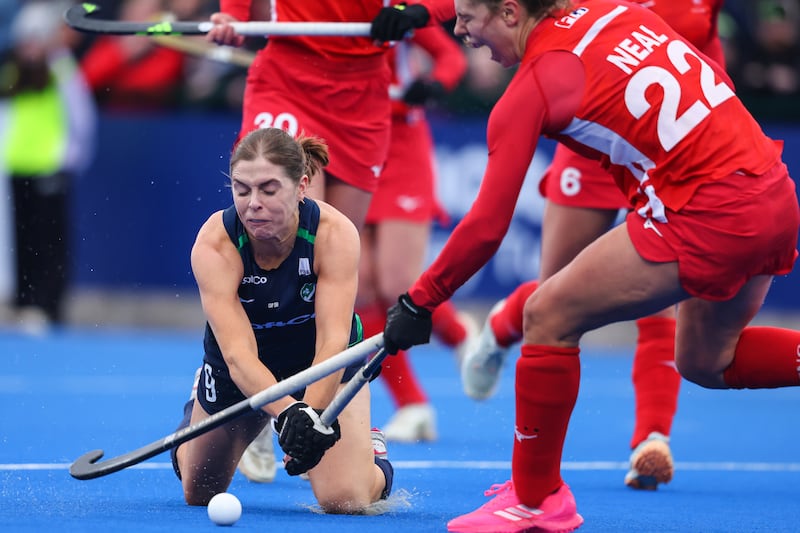Before Sean Cloherty emigrated to Britain as a teenager, the furthest he had been from his home on Lettermore Island was a single trip to Galway, 50km away. Life was hard all those decades ago on the windswept island on the southwestern fringe of Connemara. Cloherty, now aged 74, was second eldest of nine children.
“We were so poor that sometimes we ate potatoes twice a day. There was nothing with them only [when] my mother used to mix them with a bit of milk and salt. We called that dip,” he said, his accent still thick with the lyrical inflections of the west of Ireland.
A neighbour home from England told the teenage Cloherty there was plenty of work in Britain. In 1974, aged almost 16, he made only his second trip to Galway. From there he caught a train to Dublin, followed by a boat to Holyhead and train to London, then another train to Great Yarmouth, an eastern coastal town near Norwich about 200km from the capital.
“It was a sad thing, leaving home and a gang of young kids behind me. But I thought: ‘I’ll have to go to help my mother’.” He worked in England as a pipe layer and now lives in Liverpool.
RM Block
Cloherty’s words were taken from the story he told to researchers working for Irish in Britain, an umbrella group for the Irish diaspora. His is one of 120 stories that have been collated into an oral history project and an exhibition, ‘Look Back to Look Forward’, covering the last half a century or so of Irish migration to Britain. The exhibition opened this week in London, before it moves to Liverpool, Leeds and Birmingham. It is also available online.
Through their own stories and in their own words, this kaleidoscopic cross-section of Britain’s Irish community has woven a narrative from a large number of strands – young and old, women and men. All with memories, sweet and bitter. The Irish in Britain, a diaspora never feted like the one in the US, has come together to tell its own tale. The timing of the project is seen by researchers as all the more important, in a Britain currently riven with strife over migration.
If Cloherty had no choice but to leave, neither did Rosemary Adaser. With an Irish mother and a Ghanaian father, she was born in Dublin in the 1950s when a harsh light shone on the Irish of mixed race. She grew up in mother and baby homes and industrial schools, ridiculed and abused.
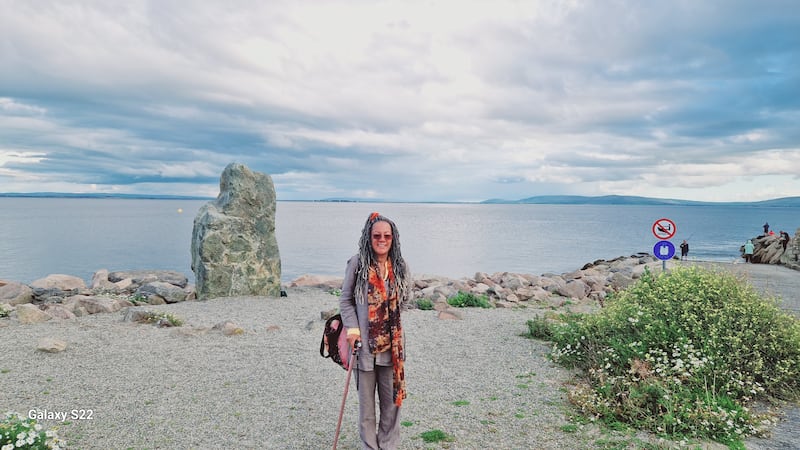
“There are jokes about being the only gay in the village. Talk about being the only black in the county. That was pretty much my life,” she says. Her own son was later taken from her and she left for London at the age of 20 in 1977. She studied social policy in the London School of Economics and founded the Association of Mixed Race Irish. She wants second and third generation children of mixed race Irish backgrounds to proudly reclaim their heritage and sense of belonging.
When Mayo woman Margaret Carolan arrived with her husband in London’s Victoria station about four decades ago, she couldn’t understand how people slept in the city with all the lights. “There were no lights in the street out the country where we lived (near Crossmolina),” she says.
Carolan settled in Manchester where she worked as a carer, garnering awards for that and for her community activism. The researchers asked her if she ever suffered any of the anti-Irish discrimination that befell so many of her peers. “No. I wouldn’t take it off anyone anyway,” she said.
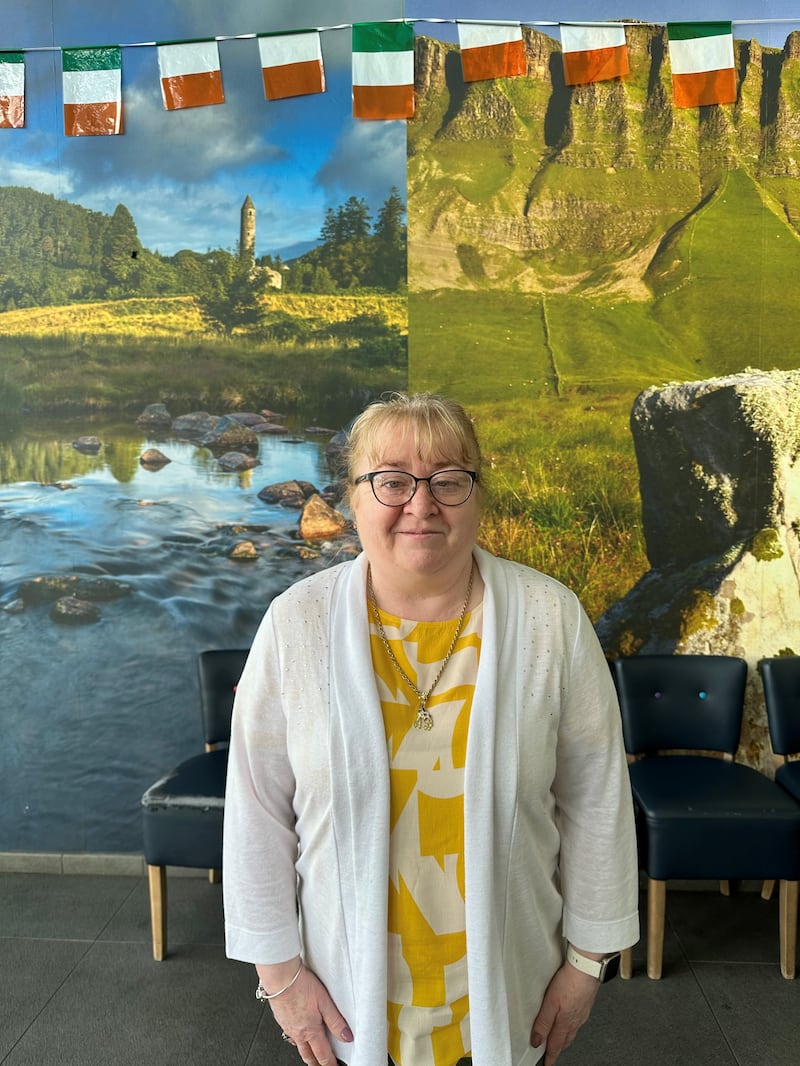
The 2021 British census recorded about 507,000 people in England and Wales who officially identify as “white Irish”. Three quarters were born in Ireland. Following waves of immigration from the 1950s to the 80s, the Irish are now among the oldest ethnicities in Britain. One-third are aged over 65, almost double the proportion in the rest of the population.
Yet as some of the green cohort turns grey, a new generation of Irish immigrants has arrived in more recent years with different attitudes. Many are highly educated, mobile workers. “We really wanted to capture this newer generation. They haven’t been driven out of Ireland. They have come on their own terms,” says Susan Cahill, a Cork-born writer and former academic who has overseen the oral history project for Irish in Britain.
Mark T Cox, aged in his early 30s, hails from Lissycasey in Clare. A gay man, he moved to Dublin in his late teens where he performed as an entertainer in venues such as The George. He moved to London in 2015, shortly after Ireland voted in a referendum to allow gay people to marry.
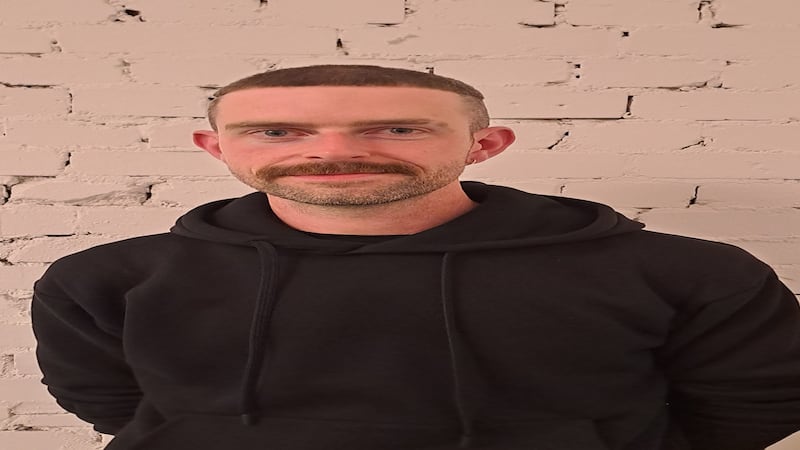
With a background in architecture, Cox also works as a cabaret artist and gives Queer History walking tours of the west end of London. Though in Britain less than a decade, he has noticed that a newer, even more confident cohort of gay Irish immigrants has arrived since the pandemic.
“I was more timid, almost apologetic to be here. I felt London and England was this powerful, impressive place, but maybe [since Brexit] the balance has shifted now on that a little bit,” he said. “The [latest generation of arrivals] don’t feel ‘less’ in any way. They just barge their way through and they get stuff done and make themselves successful.”
Willie Howard, from Cork and aged 36, first arrived in London in 2006 before returning to Ireland to study at third level. He returned after the financial crash, working on pubs and building sites and is now a trade union organiser for Unite.
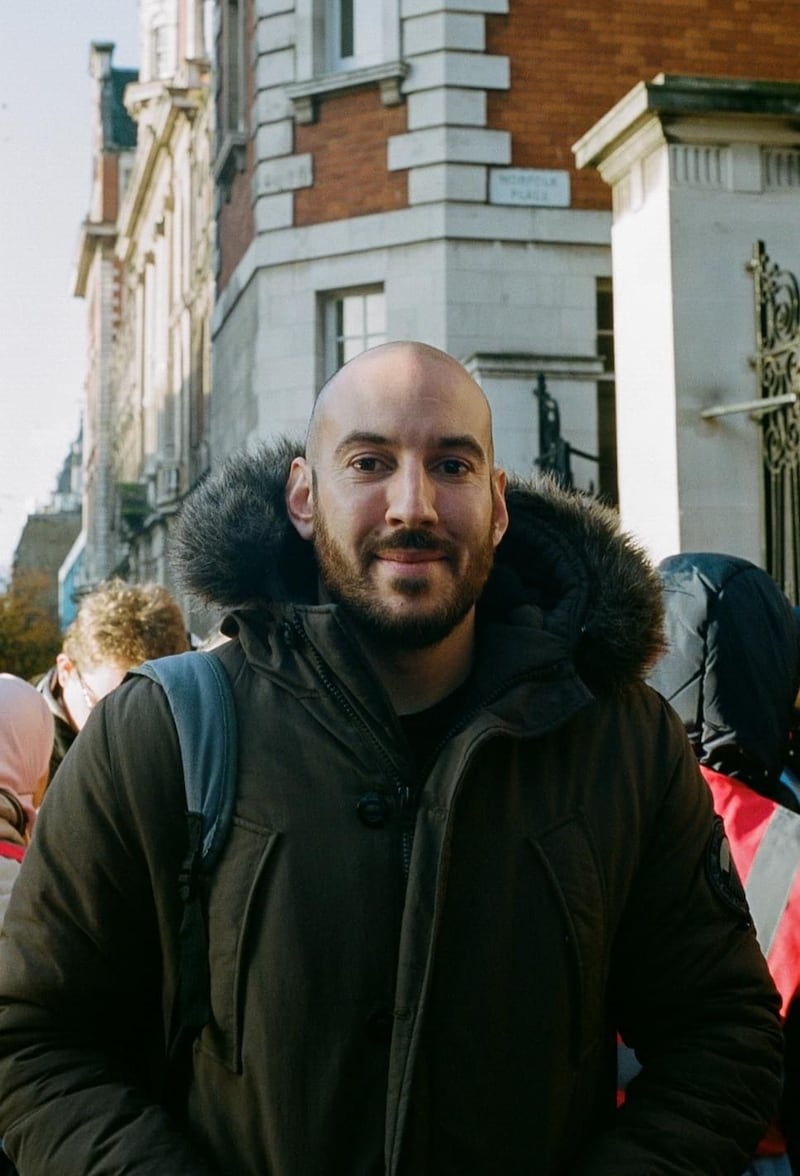
Homesickness, he said, dissipates as you get older. He has a partner and a son and also bought a house in Milton Keynes. Ireland remains “home home”.
“But [Britain] is home with a small h,” he said. Howard often eats Irish food in England, but more to feel a connection with his family than with his homeland. He said he likes to be around Irishness, Irish banter, but “not as a performative thing”.
Others interviewed for the project include second and third generation Irish people from all over Britain, as well as high-profile contributors such as former Bananarama singer Siobhán Fahey and Derry Girls actor Siobhán McSweeney. The researchers also interviewed Thurles man Richy O’Gorman, famous for the T-shirts he sells with his British-Jamaican partner Taurayne McKen. They invert an infamous old racist slogan to say “More Blacks, More Dogs, More Irish”.
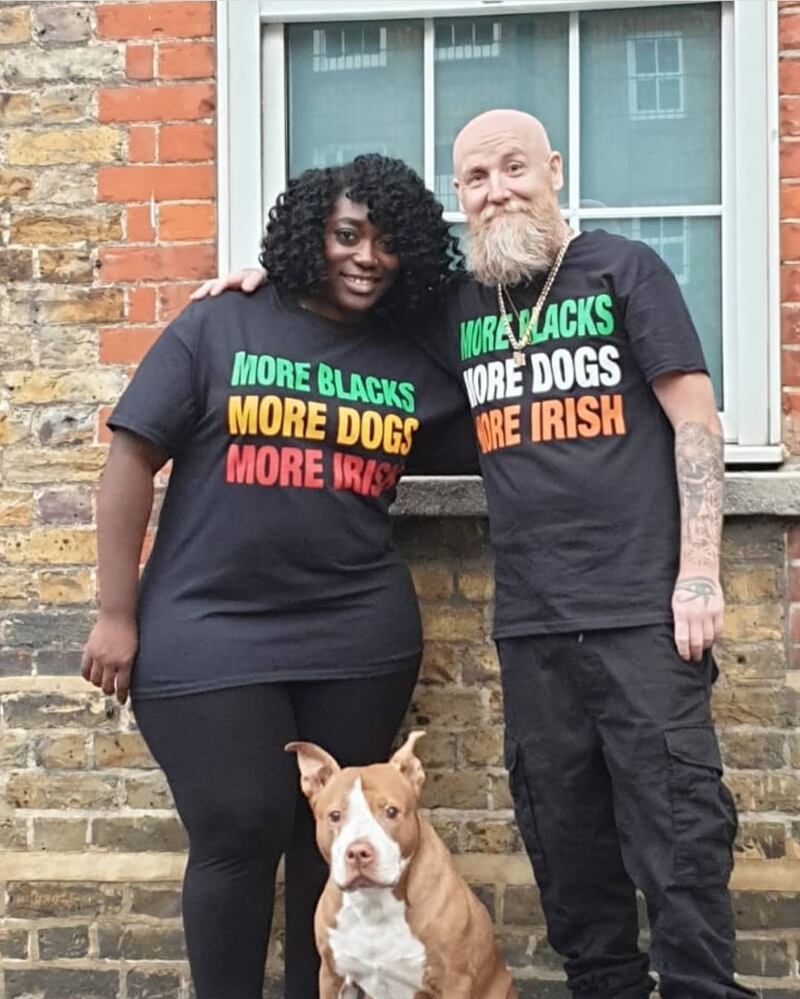
Brian Dalton, chief executive of the Irish in Britain group, said the current political debates around immigration in Britain show it is important for the Irish community to stand up and speak out: “The word migrant has been weaponised. Given the entitlements that we enjoy under the Common Travel Area, there is a leadership role for Irish people to play here.”
British-based Irish comedian Dara Ó’Briain, who attended the launch of the exhibition this week in the Irish Cultural Centre in Hammersmith, said being Irish “gives you a freedom to move through their rather hierarchal society over here”.
“We know how to pass smoothly through all levels. But sometimes we have to reassert our differences and the foreignness of Ireland. Every time British people forget that, I remind them: ‘Ah no, listen here now, just remember – wars were fought.”
- The Look Back to Look Forward exhibition runs in the Irish Cultural Centre in Hammersmith, London, until Sunday November 5th; the Florrie community centre in Liverpool November 8th-12th; the Slung Low venue in Leeds November 15th-19th; and the ThinkTank in Birmingham November 22nd-26th. It is online at https://exhibitions.irishinbritain.org/lookback

















